
The first version of the modern analog computers we use today was invented in the late 19th century. This model would eventually be used to develop and design the first PC in 1973. The PC revolutionized data and processing, and today, with the rising innovation in computers and the use of the internet, this once otherworldly technology is a part of every industry and our everyday lives. Given the equally steep rise in globalization, the need for having a computer that can travel with you became evident. Alongside the production and release of PCs, the greatest minds of the world also set to work on the design for portable PCs, which would contribute greatly to the creation of the laptops used in every household and workplace today. These portable microcomputers were the first of their kind and changed the way we live and work today.

(By Geneallonne, Wikimedia Commons)
The “Portal” was a portable microcomputer created by French Company R2E Micral CCMC. It was officially revealed to the public during the Sicob show in Paris in 1980. This microcomputer was designed and built for use in payroll and accounting and was considered highly mobile.

(By Bilby, Wikimedia Commons)
Released in 1981, most historians consider the Osborne 1 to be the first truly portable computer, as it was more compact and versatile than the Portal. Priced at a little under $2000, the Osborne 1 was approximately the size of a portable sewing machine, and weighing nearly 25 pounds, this portable computer was allowed on most commercial aircraft.

(By Tiziano Garuti, Wikimedia Commons)
First released in 1983 and priced at nearly $3000, this portable computer was a similar size and weight of the Osborne 1 and folded up into a small suitcase. It is one of the earliest versions of the all-in-one portable computer systems. The system was so well-received, it inspired IBM to come out with the IBM Portable shortly thereafter.
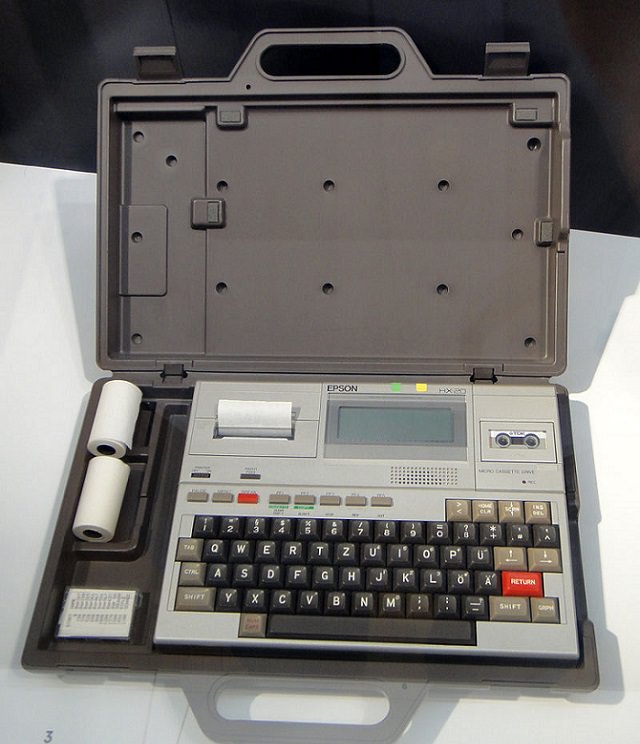
(By Sandstein, Wikimedia Commons)
More commonly known as the HC-2, the Epson HX-20 was invented in 1980 by a branch of the company now known as Seiko Epson. It was only made available for purchase in 1982 and is still regarded as one of the first “laptop” computers. It was an extremely mobile device, weighing only 6 pounds, that came with a transport case, and was hailed the “fourth revolution in personal computing” by BusinessWeek.
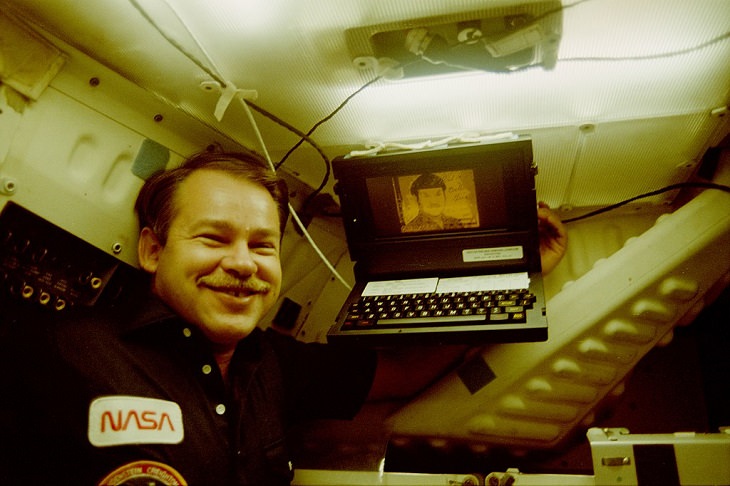
(By NASA, Wikimedia Commons)
Released in 1882, the Grid Compass was designed by the GRiD Systems Corporation. It is widely regarded as one of the first laptop computers because this design allowed GRiD to earn the patent for their clamshell design, the foldable laptop design that we still use today. These clamshell computers were priced at a little over $8000 and were purchased primarily by the US Government and NASA.
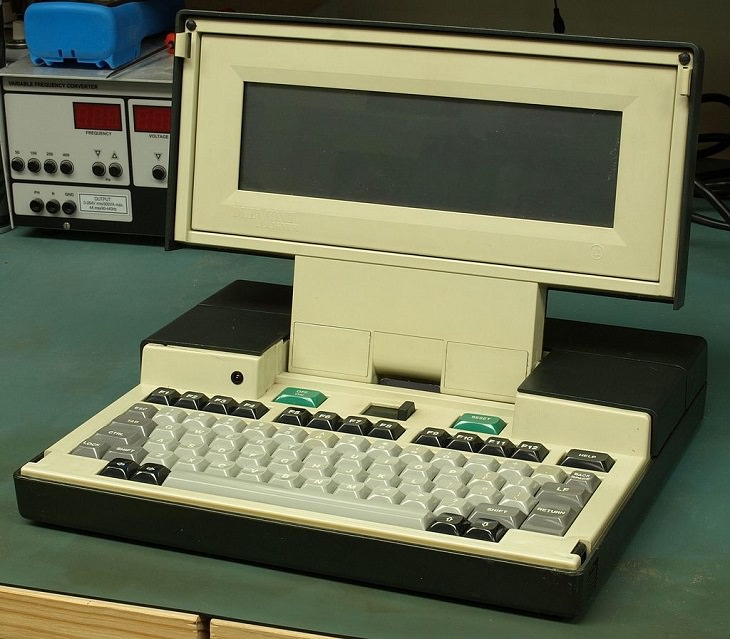
(By Binarysequence, Wikimedia Commons)
The Dulmont Magnum was first designed and released in 1982 by a pair from the Australian Company, Dulmison Pty Ltd. It is considered the first true battery-powered portable computer in the world. It was extremely versatile in its computing uses, and with a screen that could be closed over the keyboard, it was highly mobile, weighing 10 pounds. It was largely sold only between 1983 and 1986.
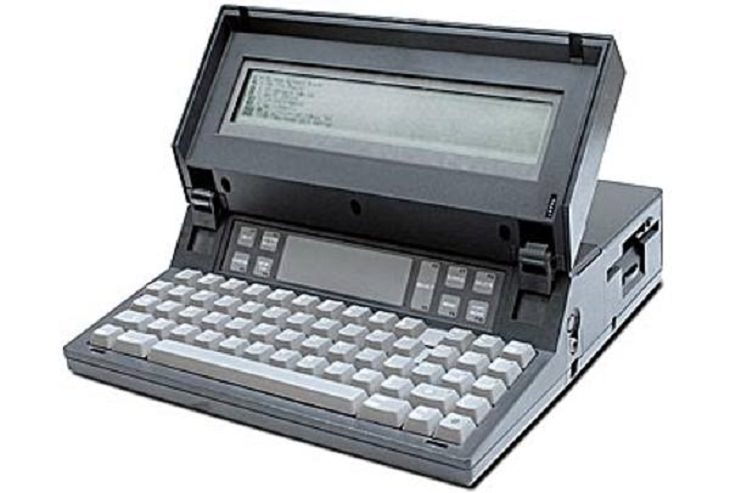
(By Rdc5, Wikimedia Commons)
The Gavilan SC was released in 1983 and became one of the first devices ever to be marketed as a "laptop". It had a partial clamshell design as well as a floppy disk drive, and the finishing touch, a pointing device installed in a panel above the keyboard, greatly resembling the pioneer model of a touchpad.
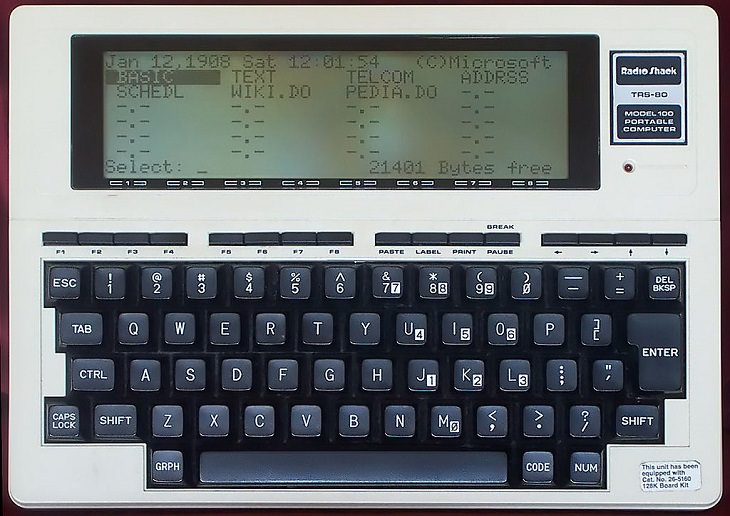
(By NapoliRoma, Wikimedia Commons)
Launched for sale first in 1983, the Kyocera Kyotronic 85 started with mediocre popularity and then became one of the biggest-selling early laptops, one of the few systems that ran on ordinary AA (Double-A) batteries. After a brief unsuccessful stint in Japan, this laptop was purchased, rebranded and then resold by an American company, Tandi Corporation, an Italian company, Olivetti, and a Japanese company, NEC, all whom then sold the machine under the respective names TRS-80 Model 100 line (or Tandy 100), Olivetti M-10, and NEC PC-8201. It was considered the ideal communications terminal and cost less than $300.
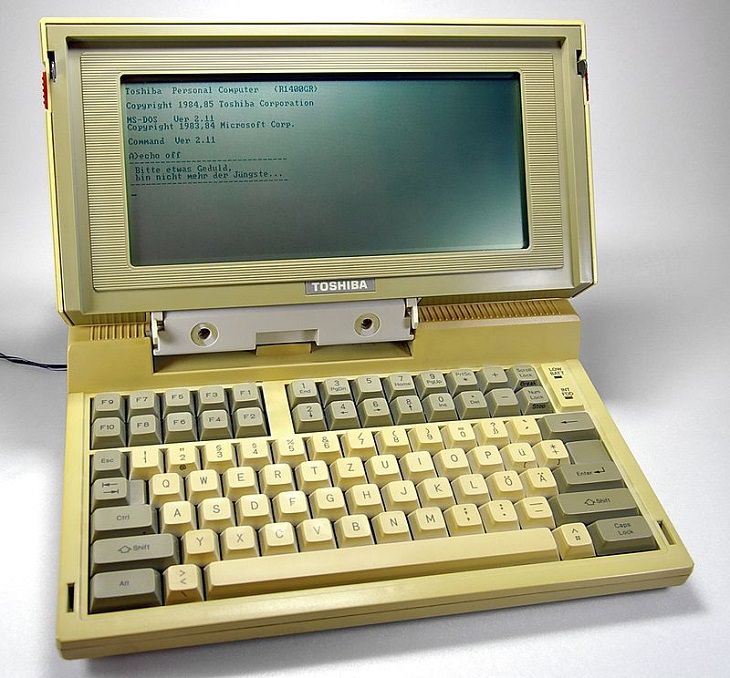
(By Johann H. Addicks, Wikimedia Commons)
Shortly after its launch in 1985, this nifty little product brought to us by Toshiba was declared the “world's first mass-market laptop computer”. It ran entirely on floppy disks and did not maintain any kind of hard drive. They made use of lead-acid batteries and were small and light enough to keep in a backpack while traveling. This is also the first laptop to have the “resume” feature, which allowed work to be paused in the middle, without having to restart the whole system.
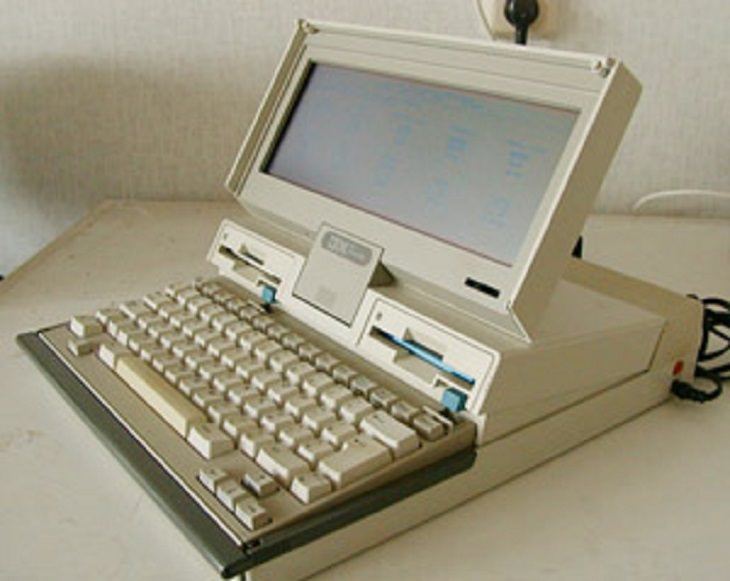
(By Bk0, Wikimedia Commons)
This beauty, running entirely on a floppy disk drive, was the follow-up to the IBMs Portable and IBM’s first official laptop computer, released in 1986. It resembled modern-day laptops in that they were battery-powered and also had power-management features. This laptop would lead to the designs for the predecessors of the 1990 ThinkPads from Lenovo.
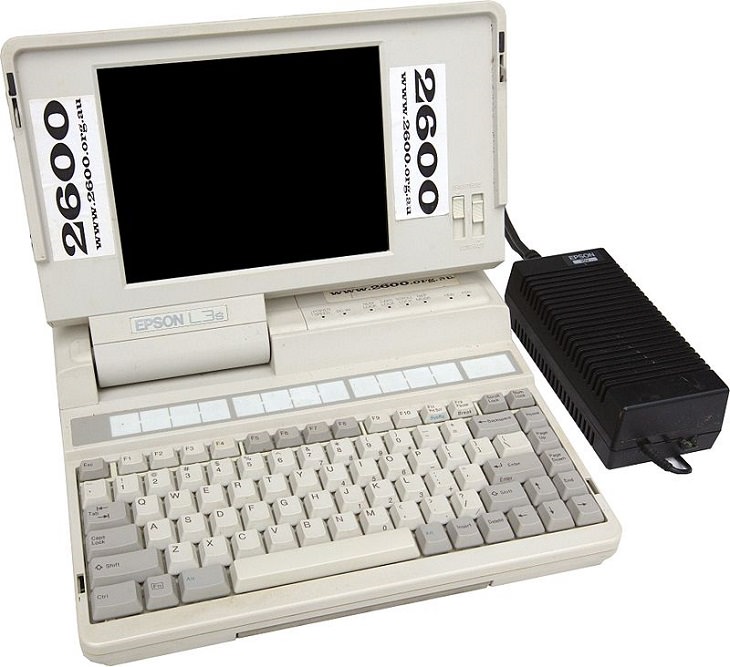
(By Pratyeka, Wikimedia Commons)
This portable computer was released by the American company, Epson America Inc., throughout the mid-1980s. Much like the Tandy and the Toshiba, this portable machine ran using the Microsoft Disk Operating System, also known as MS-DOS and the brainchild of Microsoft’s, Bill Gates. This laptop had a parallel port for recharging the systems and its own separate supply unit.

(By © Bill Bertram 2007, Wikimedia Commons)
This lightweight portable computer was the result of hard work and British engineering skills. Released during the mid-1980s, this handy portable laptop was roughly A-4 size, and made use of the PipeDream application in order to maintain utility in word processing, spreadsheets, and database maintenance. This computer had an average sales record at the time, but even today continues to have something of a cult following and is maintained by many.
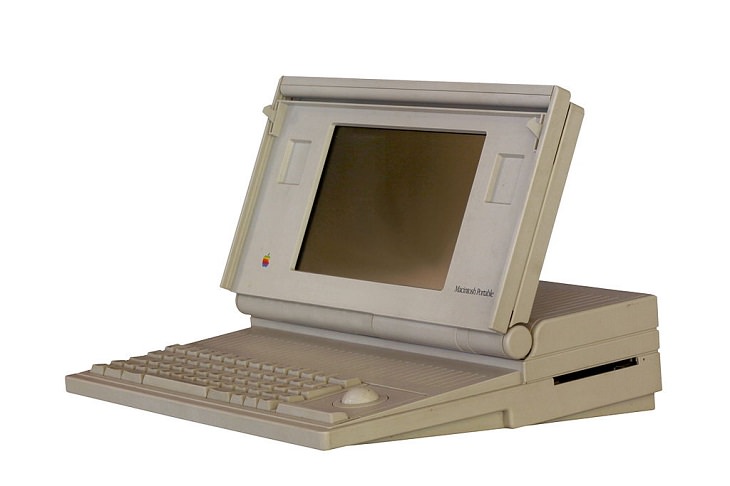
(By Rama, Wikimedia Commons)
In 1989, Apple Computer Inc entered the portable micro-computer arena, coming out with the Macintosh Portable. It was the first Macintosh built that was battery operated and had an LCD screen with a hinge design that allowed it to be closed over the keyboard when not in use, a makeshift version of the clamshell design. It was the initial and most expensive piece in the Powerbook line.
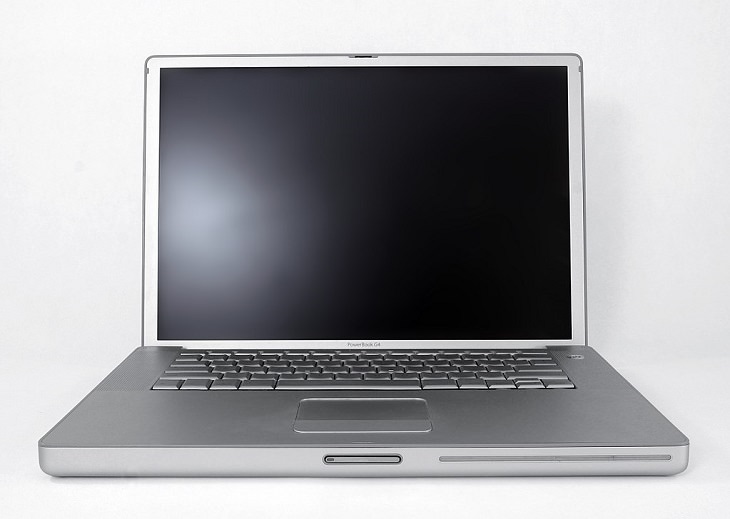
(By redjar (Jared C. Benedict), Wikimedia Commons)
Prior to 1997, at the time when this, among the first line of true laptops, was released, the line went by the name, the Macintosh Powerbook. Now it is simply called the Powerbook series. This series held its own in the market for over a decade, from 1991 to 2006, and provided the layout that is now used in most every laptop design. This series won numerous awards before finally being replaced by the MacBook Pro.